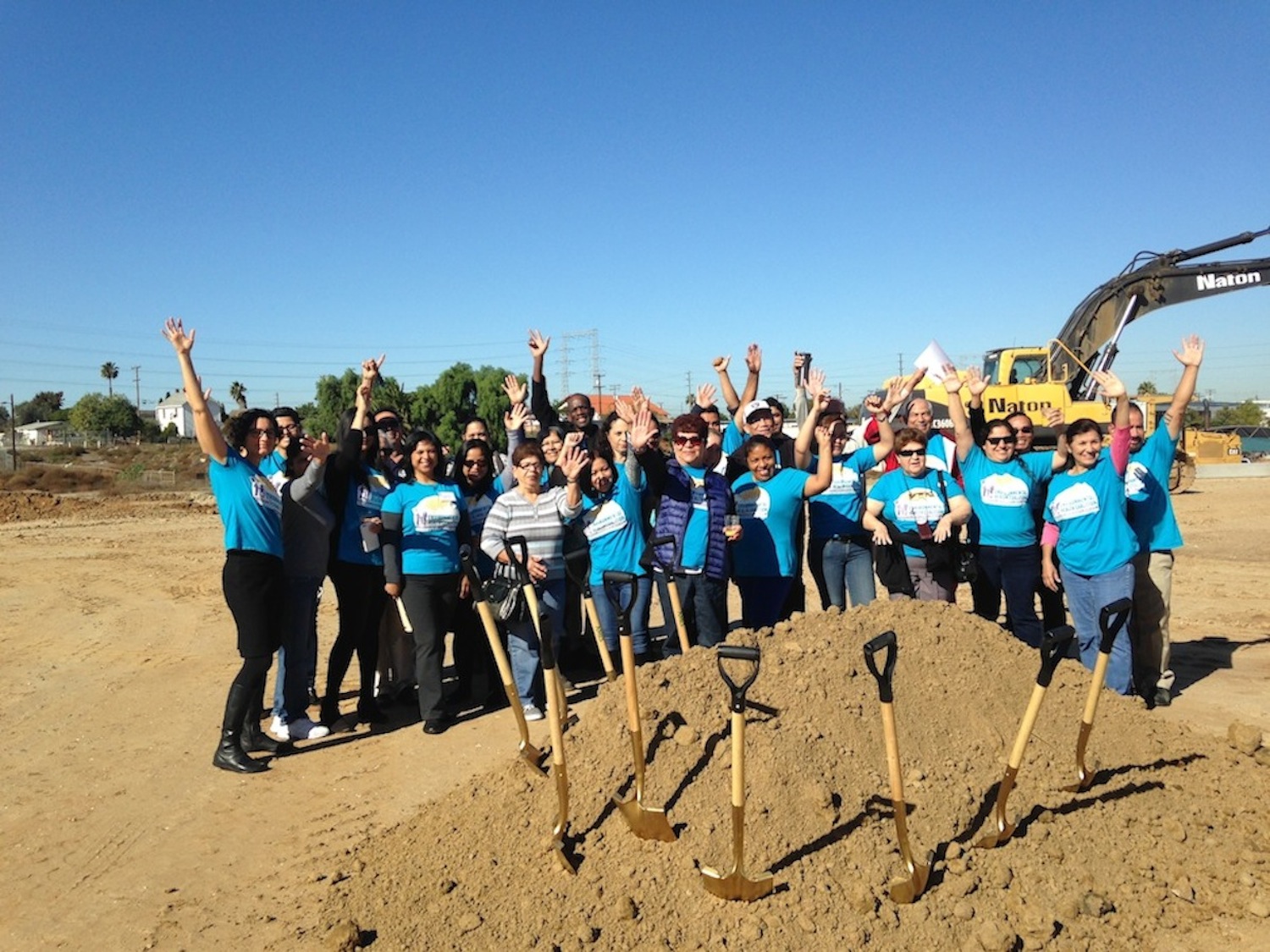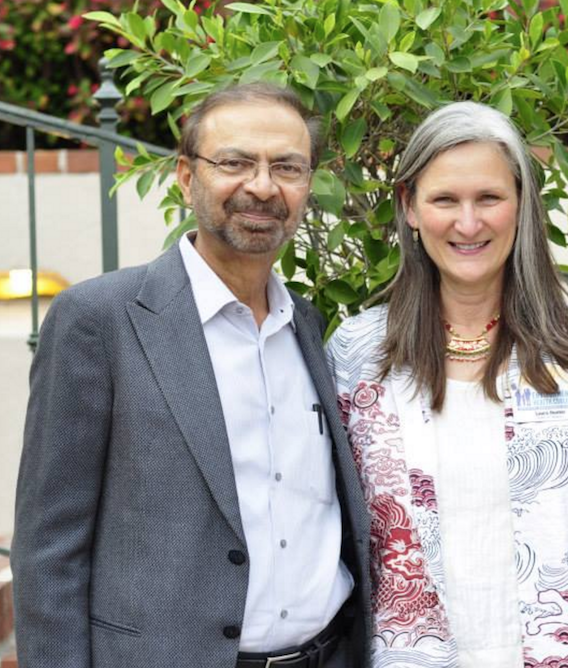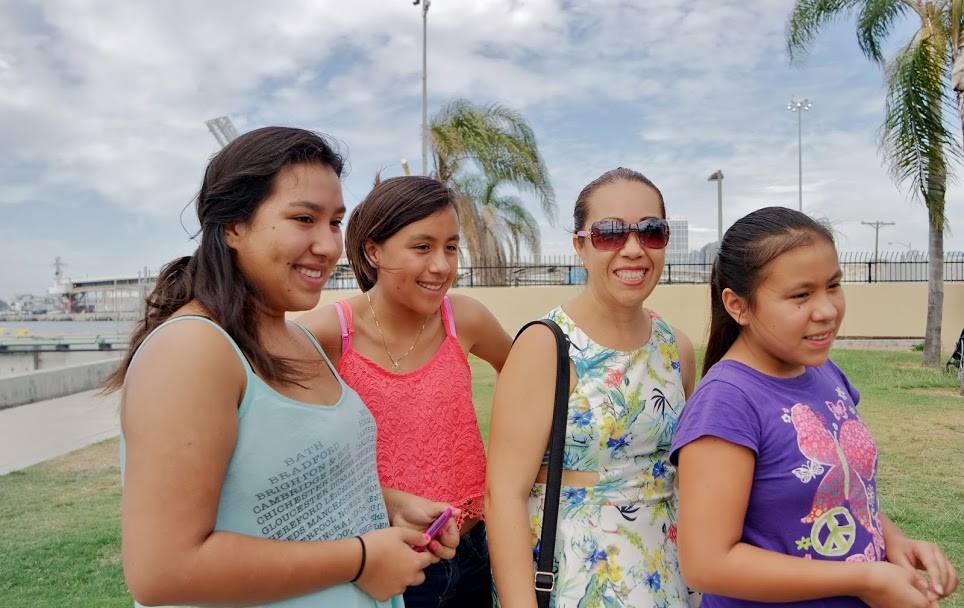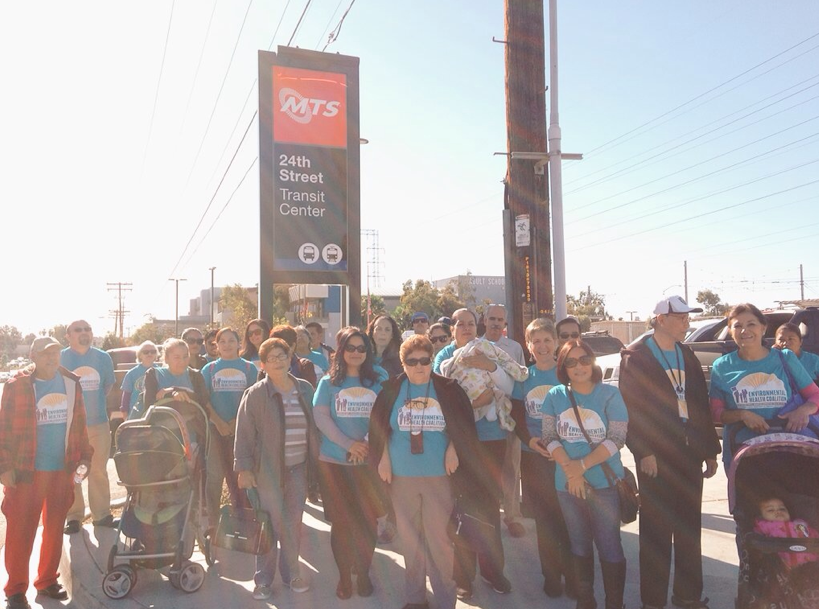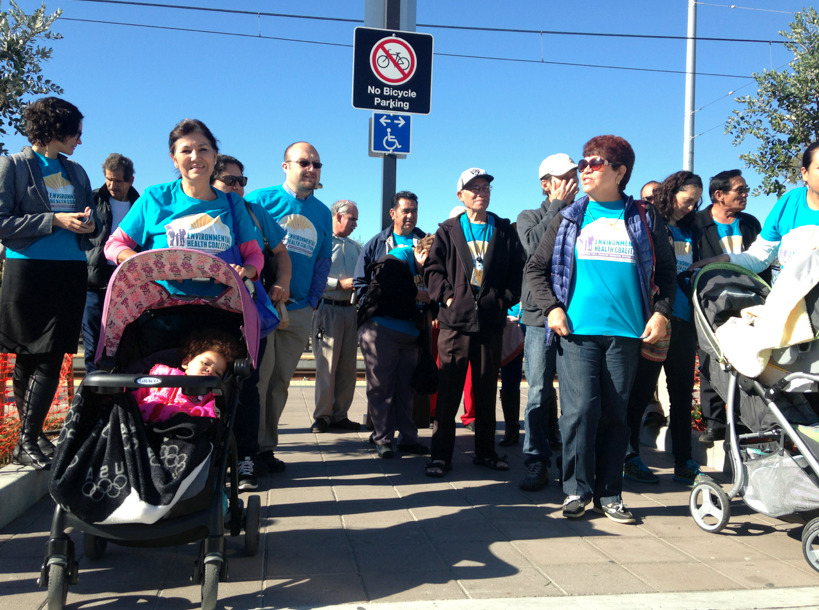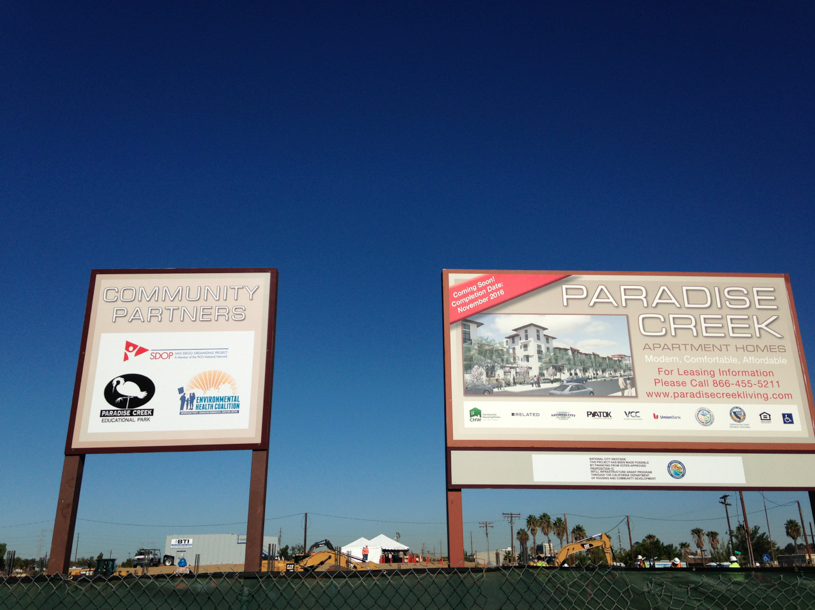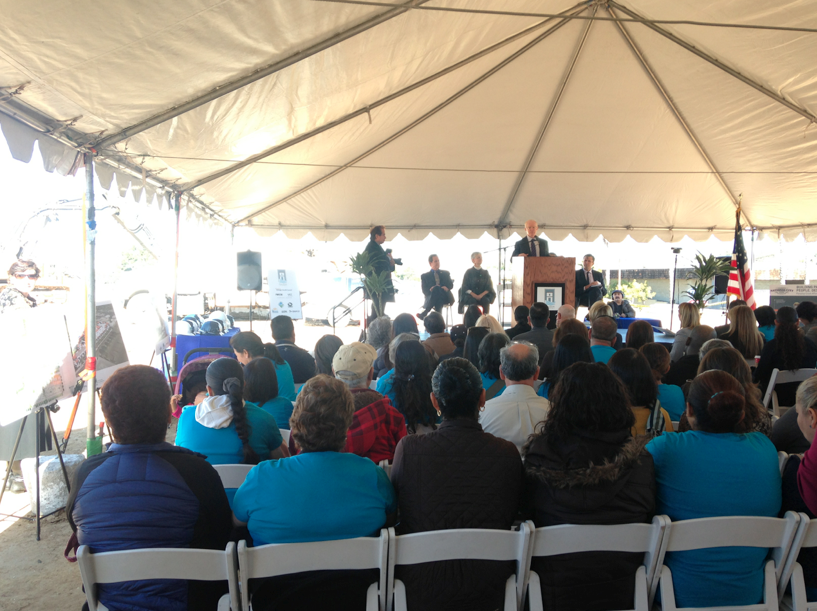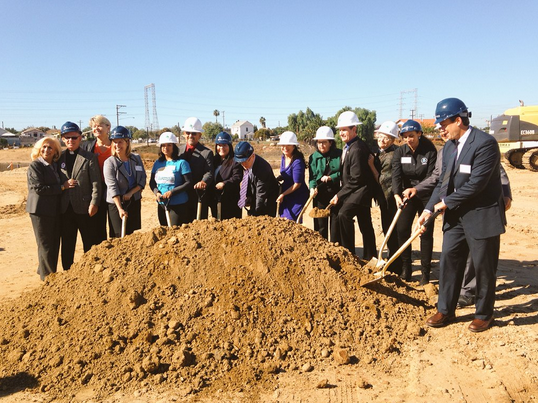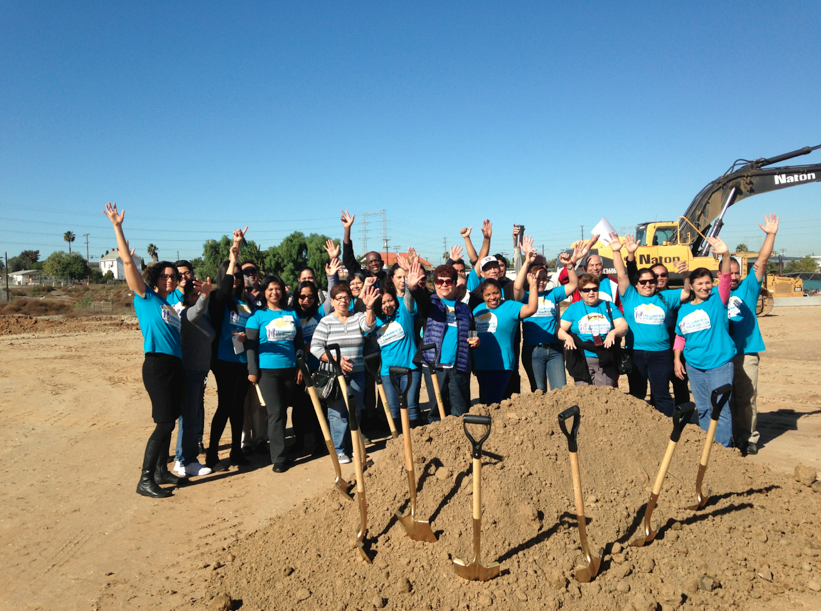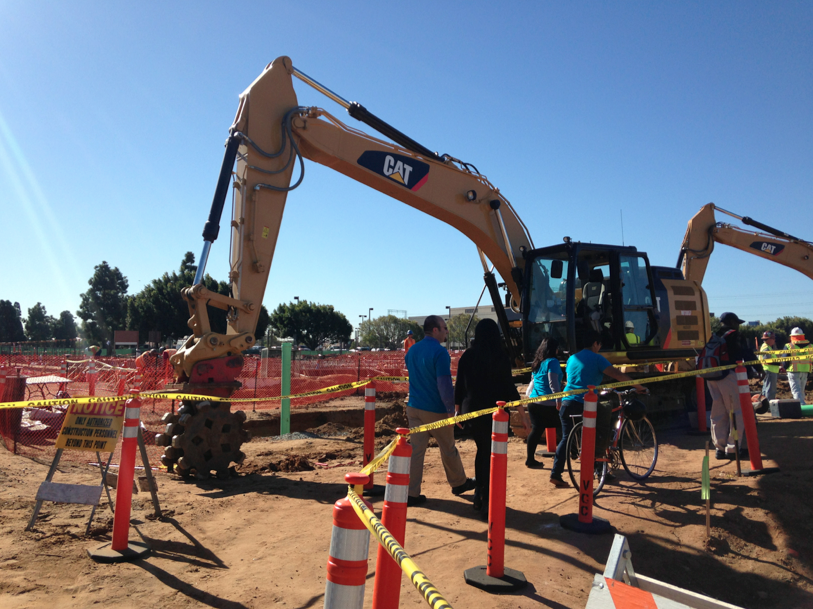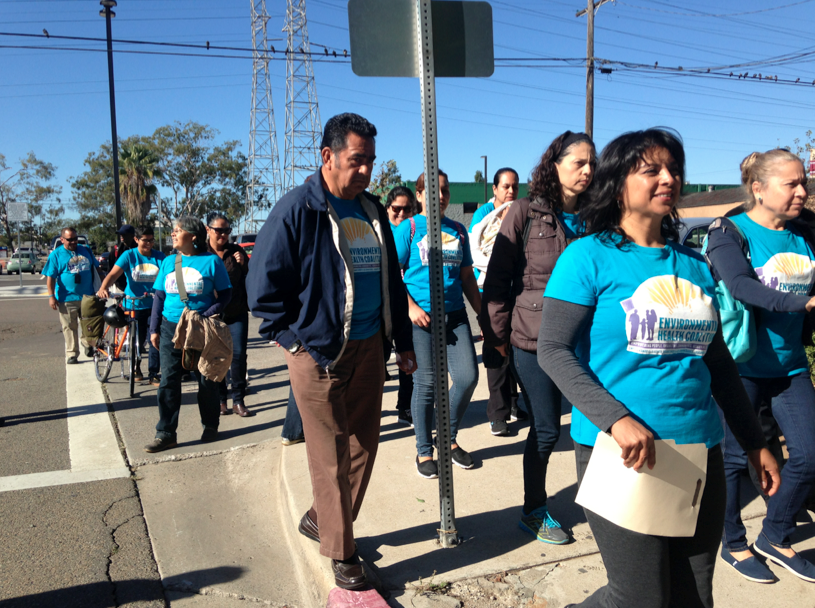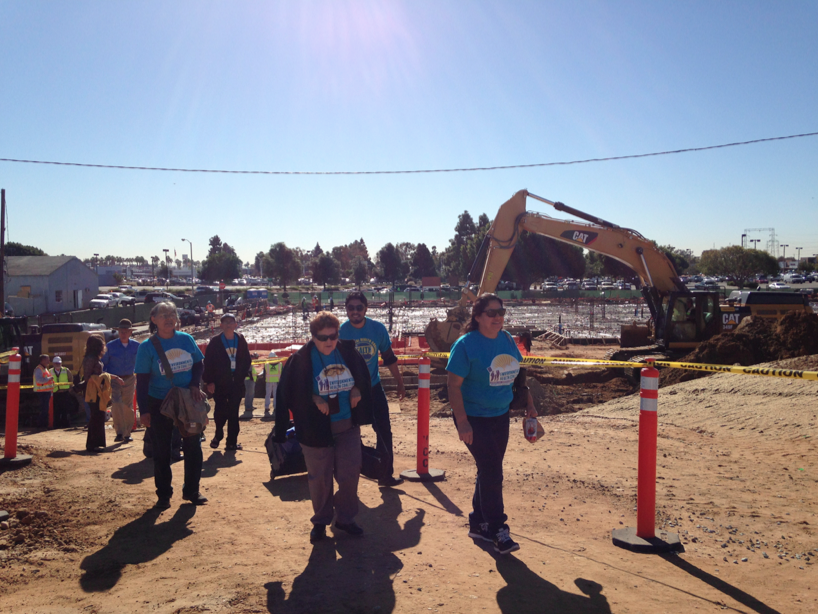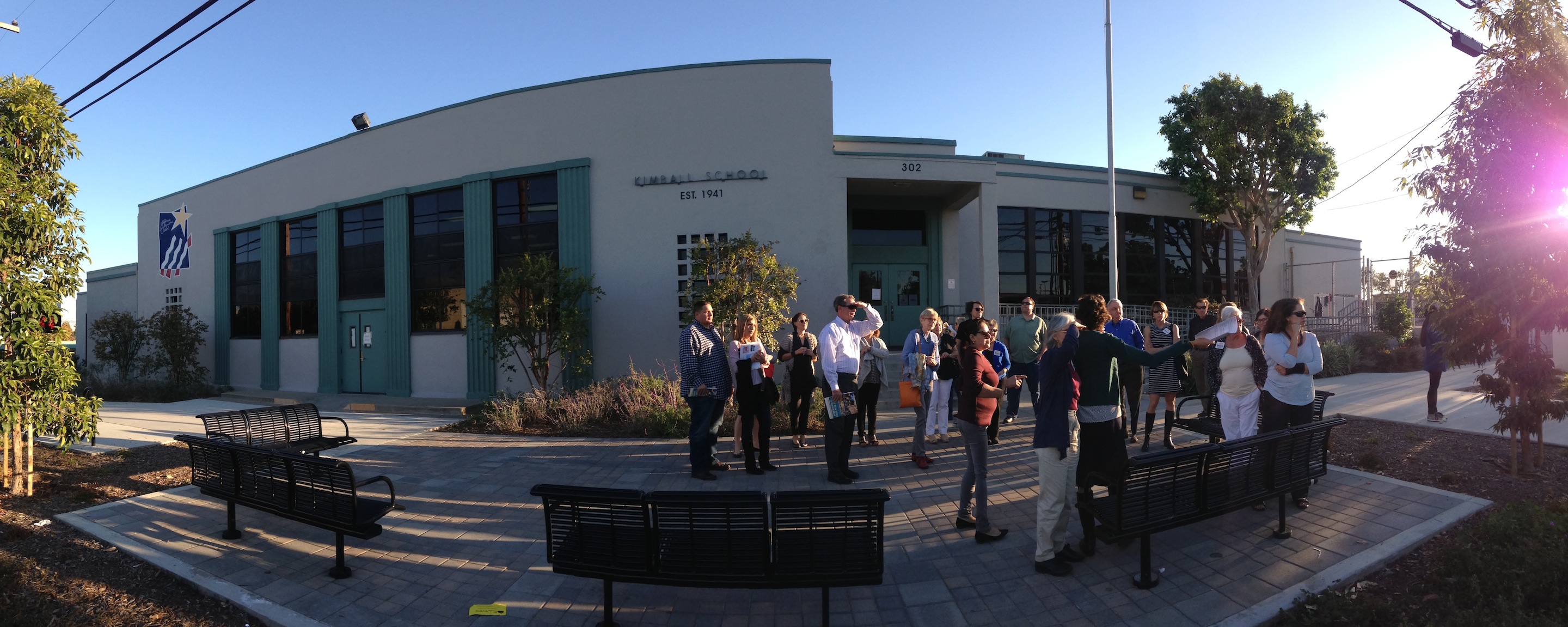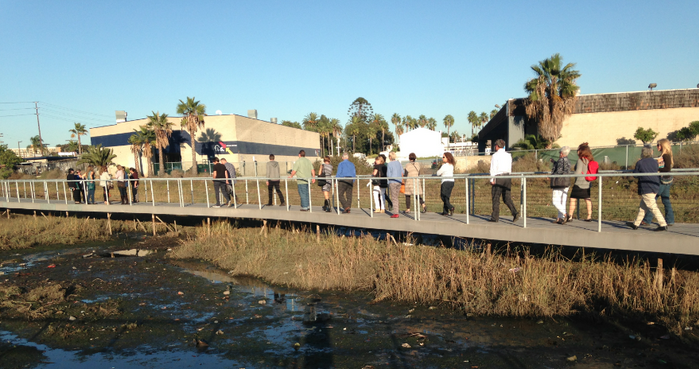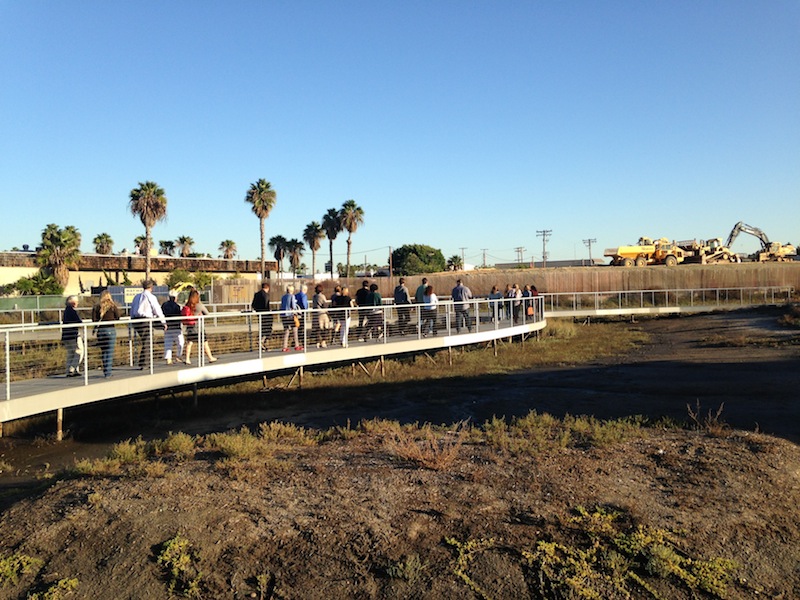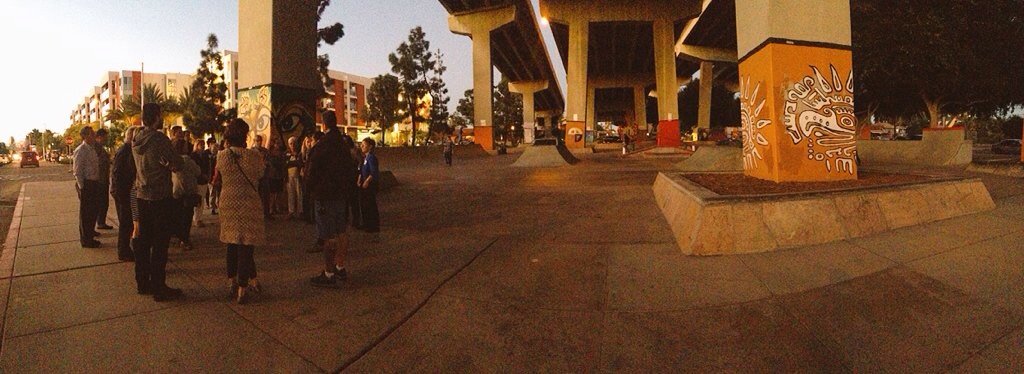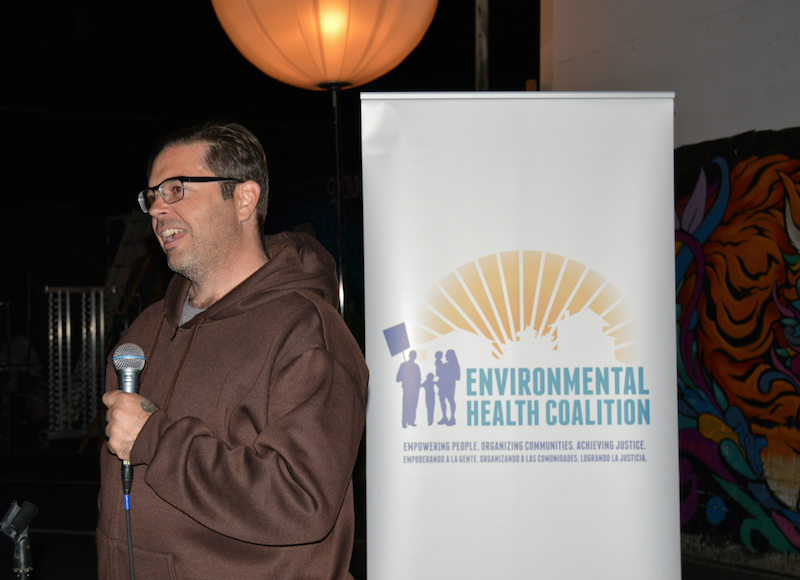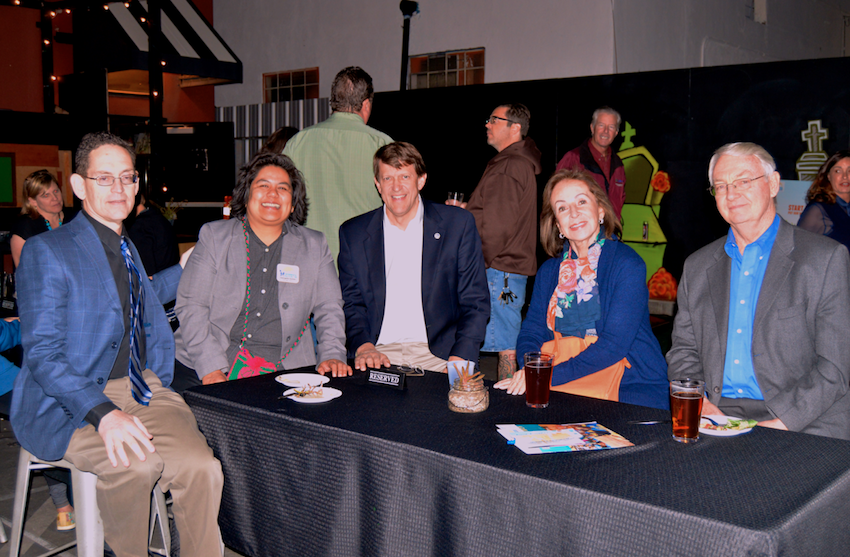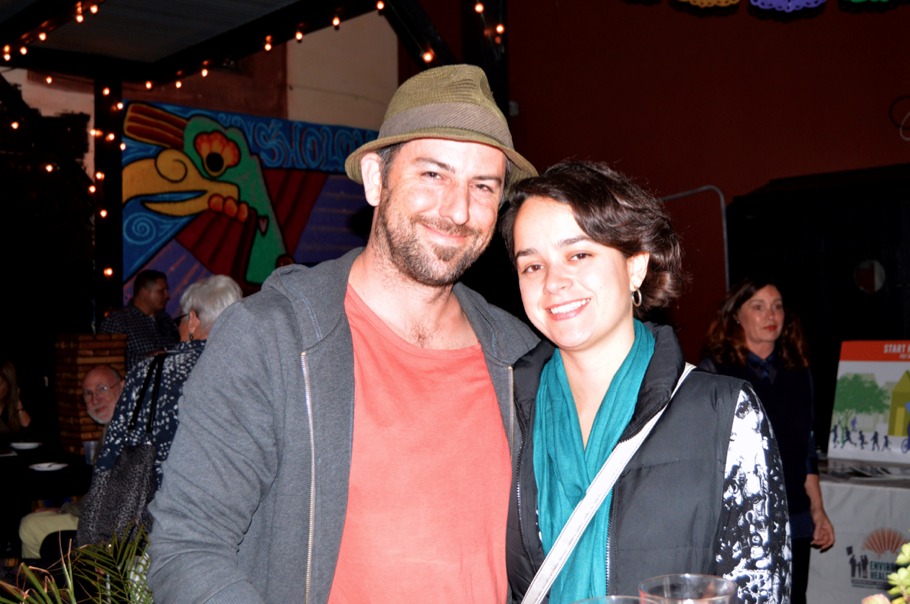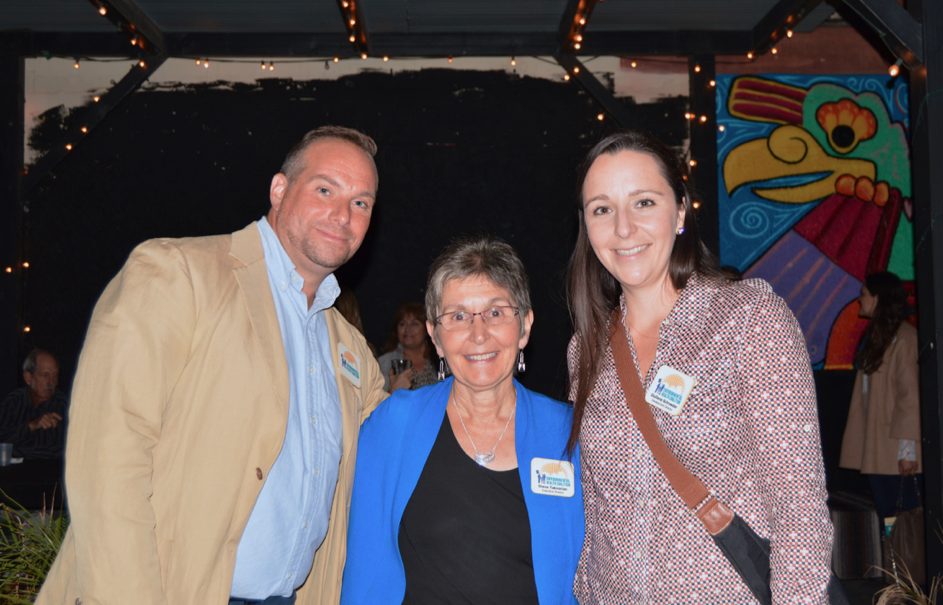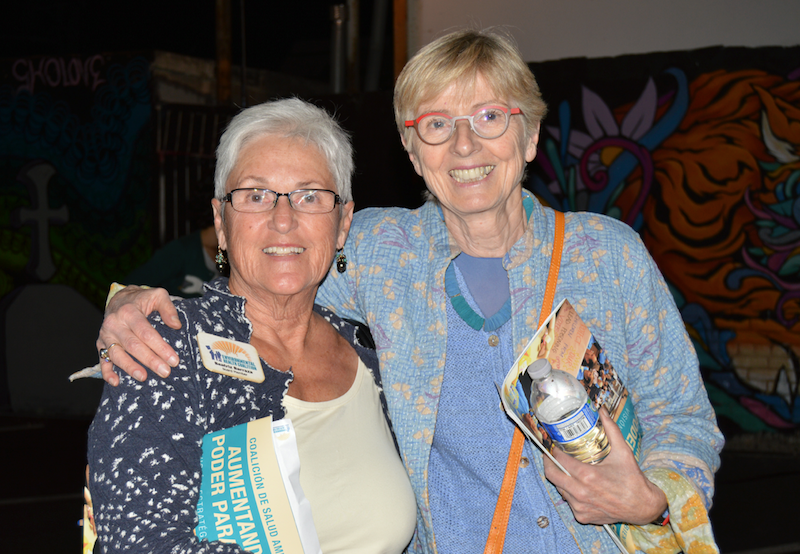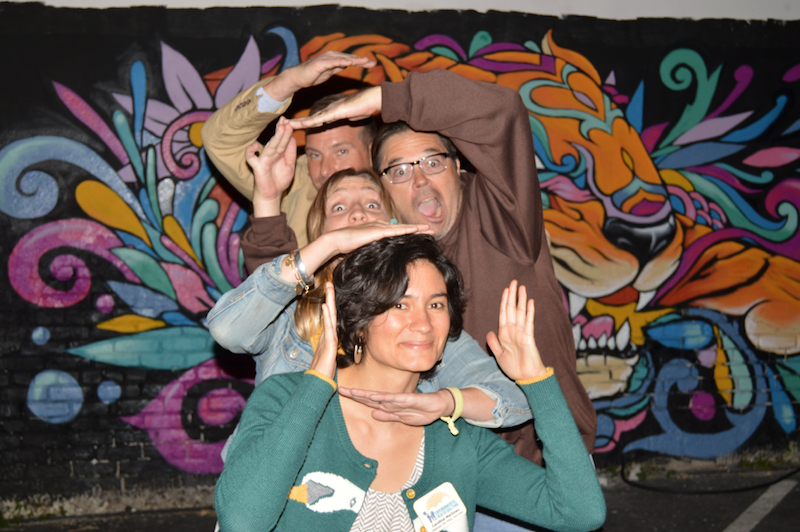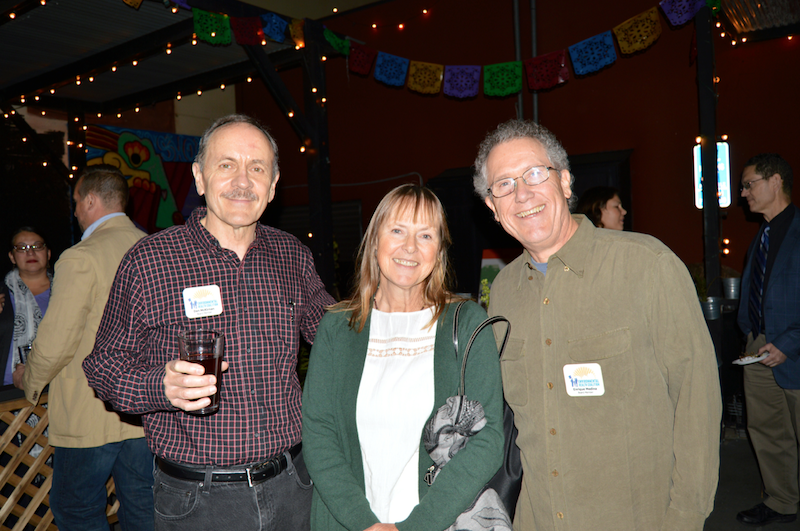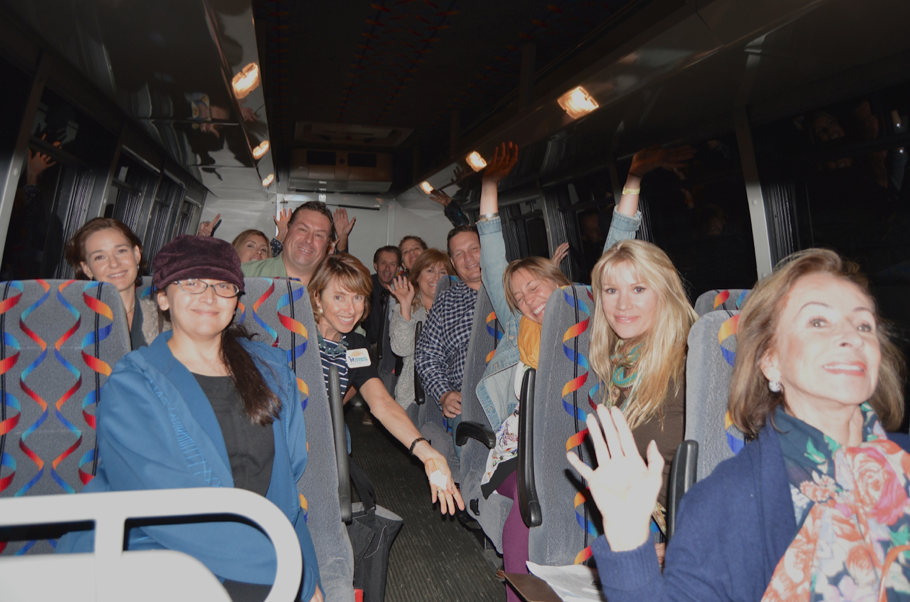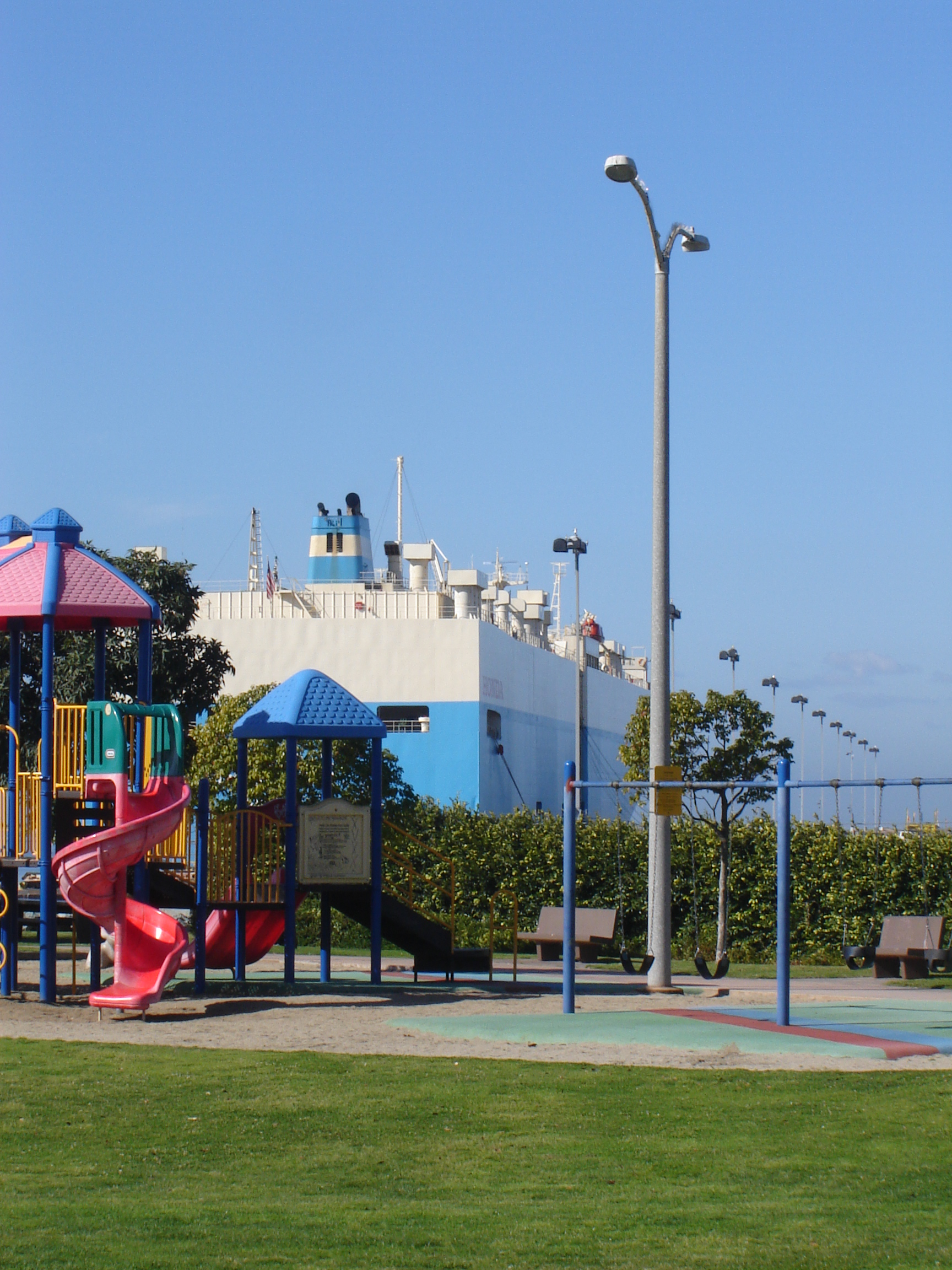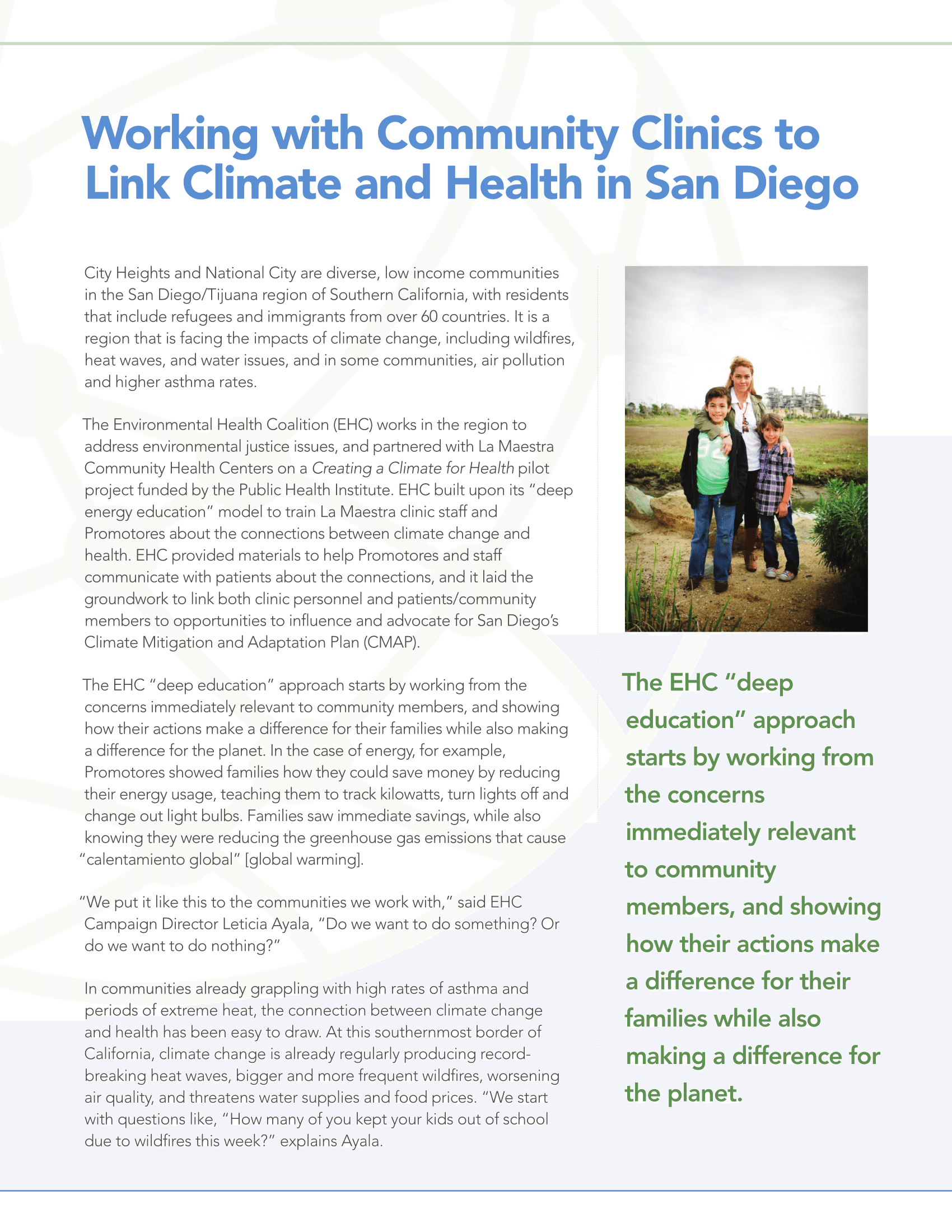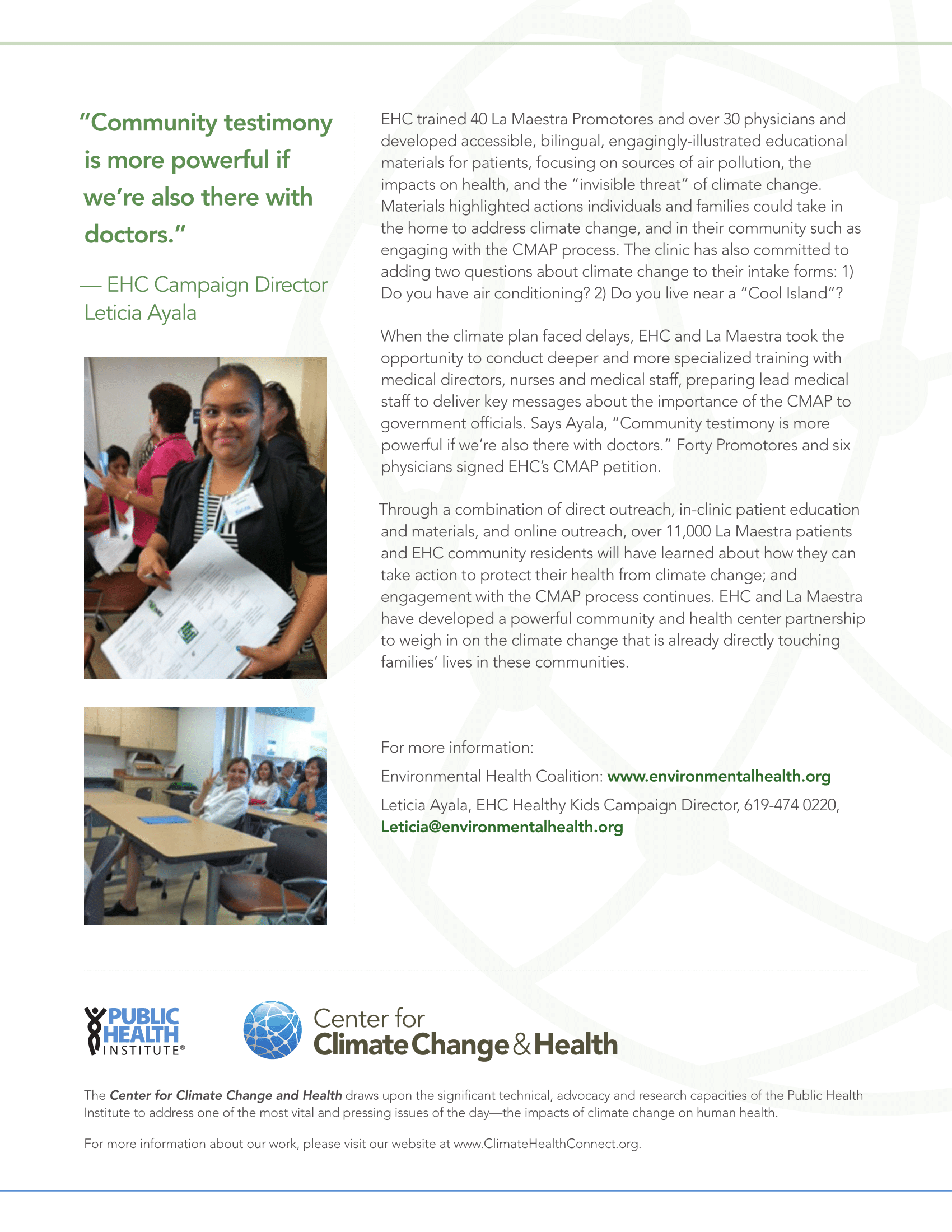Recently, The Port of San Diego announced its plans to significantly expand the Tenth Avenue Marine Terminal, located less than half a mile from Perkins Elementary School and residential neighborhoods in Barrio Logan. If approved, the project would bring hundreds of polluting trucks and ships to our communities every day, making our air increasingly hard to breathe and catalyzing the toxic pollution our communities already struggle with.
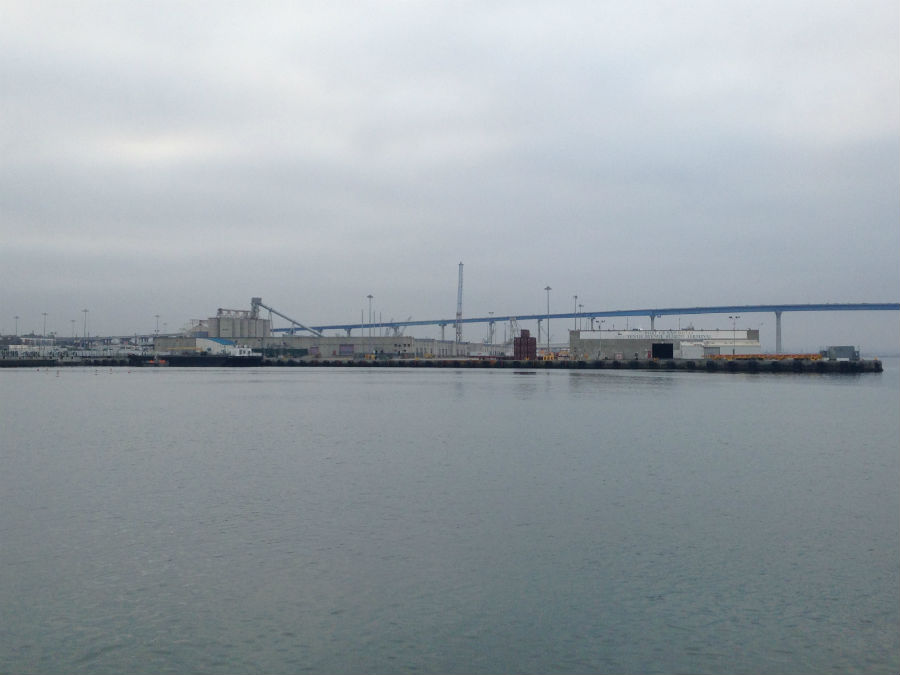
By expanding the Tenth Avenue Marine Terminal without a plan to address the social and environmental impacts it will cause, the Port’s current plan would:
- Bring 800 more diesel trucks through our neighborhoods – per day. Added to existing and projected traffic, there may be over 30,000 truck trips per year through Barrio Logan.
- Increase toxic air pollution by 600 percent. A steady flow of diesel trucks through our neighborhoods is a disastrous hazard to our health.
- Catalyze climate change. A 540 percent increase in greenhouse gas pollution will virtually erase our progress in the fight against climate change.
- Disturb our neighborhoods with excessive noise. We don’t deserve hundreds of noisy trucks passing by our homes, schools and workplaces.
- Worsen traffic and parking problems. Barrio Logan needs better transit and safer streets, not more congestion.
You can use your voice to stop the Port from bringing more toxic pollution to Barrio Logan and developing the Tenth Ave. Marine Terminal in an irresponsible way that harms our communities.
Take action in three steps to tell the Port that we deserve better.
- Click here to sign the petition
- Click here to demand #healthyhoods on Twitter.
- Click here to learn more about the Port’s project.


